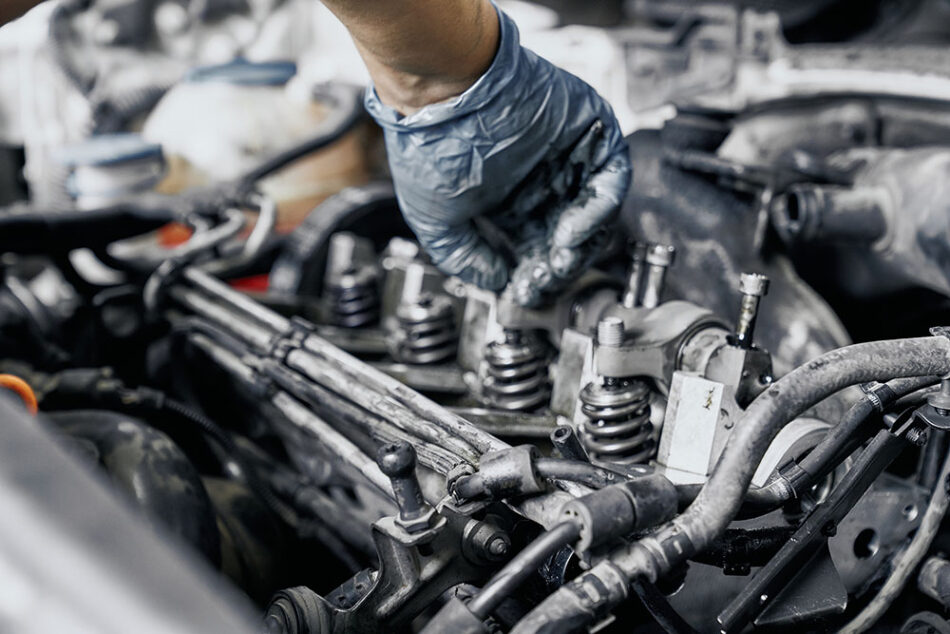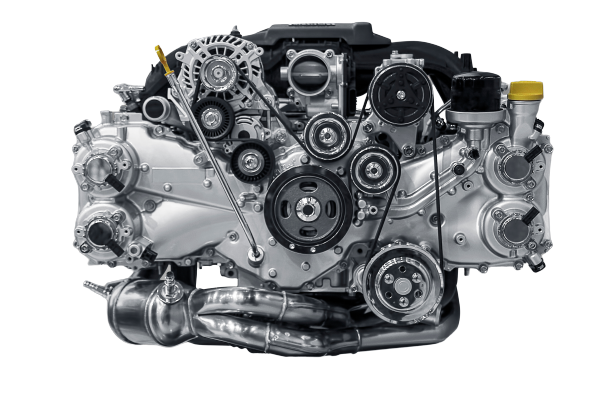Types of Turbo Engines: A complete guide
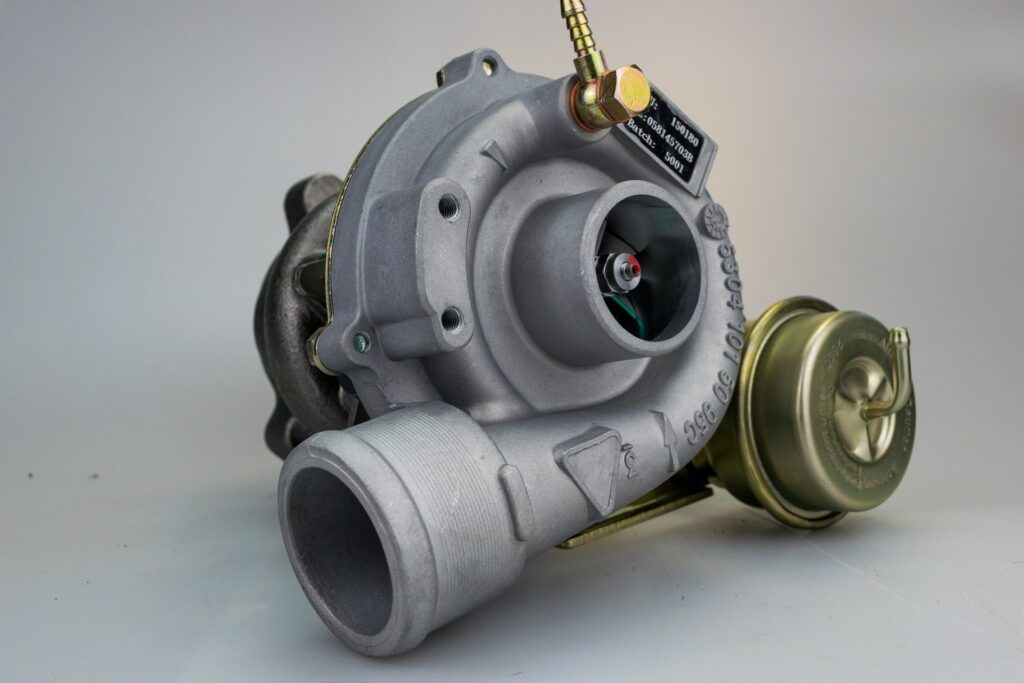
In this article, we’ll examine the types of turbo engines, describe how they operate, and identify a few examples of engines that fit into each category.
Natural aspiration engines have been phased out in favor of turbocharged engines as a result of the widespread adoption of the modern powertrain.
Yet, the naturally aspirated engines have an advantage over their turbocharged counterparts, so it turns out that the ride is not quite as smooth as it seems.
We’ll discuss that soon..
People adore turbo engines for their strength and effectiveness.
To produce the anticipated power, most modern engines contain one or more turbochargers.
Let’s dive in…
What is a Turbocharged Engine?
An internal combustion engine that has been turbocharged employs a turbocharger to increase the amount of air that enters the engine.
As a result, more fuel may be consumed, increasing power output.
Sports automobiles, high-performance vehicles, and some diesel engines frequently employ turbocharged engines.
How Does a Turbocharger Work?
A turbocharger works by spinning a turbine, which spins a compressor wheel, using exhaust gases. The compressor wheel draws in and compresses air before delivering it to the engine.
This allows more air to enter the engine, increasing power output.
Exhaust gases, which are normally wasted energy, are used to power the turbocharger.
Types of Turbo Engines: Single Turbocharger
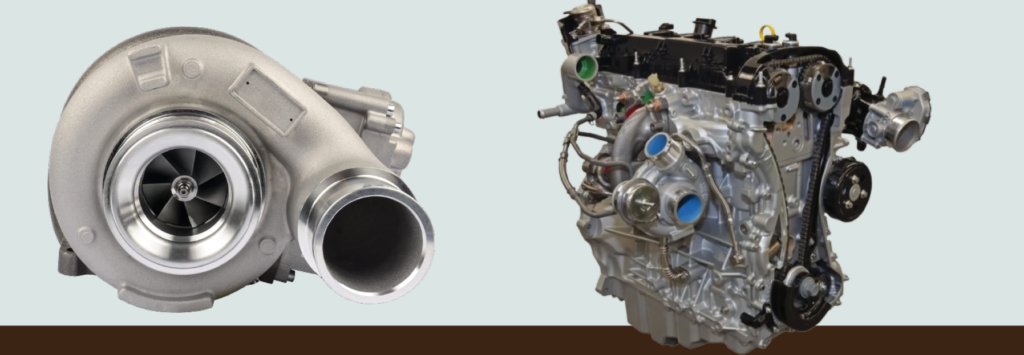
Single turbocharger in a Ford Mustang Ecoboost
This is the most common type of turbo engine, with a single turbocharger as the name implies.
Because they are more compact and easier to install, this type of turbo is commonly used in smaller engines.
A single turbocharger works by spinning a turbine, which spins a compressor wheel, using exhaust gases from the engine.
The compressor wheel draws in and compresses air before sending it into the engine, allowing more air and fuel to be burned, resulting in increased power output.
A single turbocharger is less expensive than other types of turbochargers.
Single turbochargers, on the other hand, can occasionally experience “turbo lag,” which is a delay in power delivery caused by the time it takes for the turbocharger to spin up and begin providing a boost.
Overall, a single turbocharger is a reliable and efficient option for smaller engines, providing a power boost without significantly increasing complexity or cost.
Engines using the Single Turbocharger
Numerous engines use a single turbocharger including:
- BMW M4, a 3.0-liter inline-six engine that uses a single twin-scroll turbocharger to produce up to 503 horsepower and 442 lb-ft of torque
- Ford Mustang EcoBoost – powered by a 2.3-liter inline-four engine that uses a single turbocharger to produce up to 310 horsepower and 350 lb-ft of torque
- Volkswagen Golf GTI is powered by a 2.0-liter inline-four engine that uses a single turbocharger to produce up to 245 horsepower and 273 lb-ft of torque
- Subaru WRX – powered by a 2.0-liter flat-four engine that uses a single twin-scroll turbocharger to produce up to 268 horsepower and 258 lb-ft of torque
- Nissan GT-R – powered by a 3.8-liter V6 engine that uses a single turbocharger to produce up to 565 horsepower and 467 lb-ft of torque
Types of Turbo Engines: Twin Turbocharger
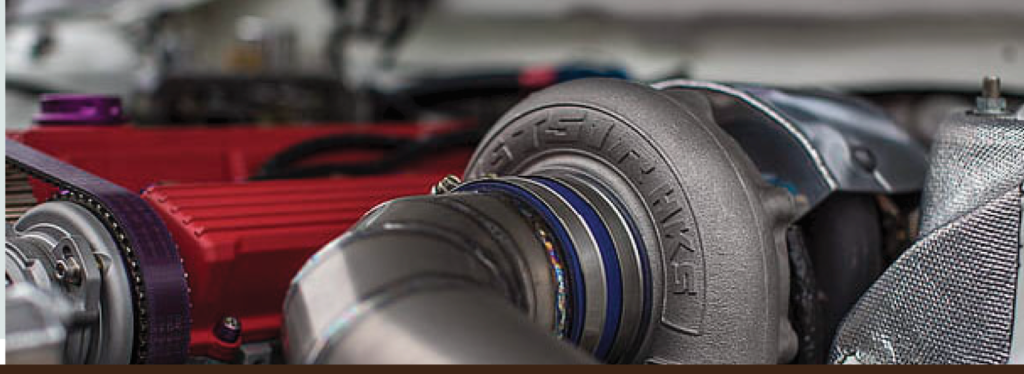
Twin Turbocharger in a Nissan GT-R
A twin turbocharger compresses air and increases engine power by using two smaller turbochargers instead of one larger one.
The twin turbocharger system divides the exhaust flow of the engine into two separate paths, each with its turbocharger.
One turbocharger is in charge of compressing the air from the first half of the exhaust flow, while the other is in charge of the second half.
Both turbochargers’ compressed air is then combined and sent into the engine, resulting in increased power output.
One of the primary advantages of a twin turbocharger is that it can produce significantly more power than a single turbocharger.
This is because the twin turbocharger system can supply more air to the engine, allowing more fuel to be burned and, as a result, producing more power.
A twin turbocharger also has the advantage of reducing “turbo lag,” which is a delay in power delivery caused by the time it takes for a single turbocharger to spin up and provide a boost.
The system can deliver boosts more quickly and efficiently by using two turbochargers, each responsible for a smaller portion of the exhaust flow.
Twin turbochargers can be more complicated and expensive to install than a single turbocharger. They necessitate additional components such as intercoolers to handle the increased heat generated by two turbochargers.
Despite this, twin turbochargers are frequently used in high-performance engines, such as V6 and V8, where maximum power output is required.
What are the advantages of Twin-turbo
Twin turbochargers can deliver significantly more air to the engine, allowing for more fuel to be burned and, as a result, increased power output.
Twin turbochargers can provide boost more quickly and efficiently by dividing the engine’s exhaust flow into two separate paths, reducing turbo lag and improving responsiveness.
A wider powerband can be provided by sequential twin turbocharger systems, maximizing power output at both low and high RPM ranges.
What are the disadvantages of Twin-turbo
Twin turbocharger systems are frequently more complex and expensive to install than single turbocharger systems, and may require the addition of intercoolers as well as more complex piping and plumbing.
The increased airflow produced by twin turbochargers can generate more heat, prompting the installation of additional cooling systems to manage the increased heat output.
Due to the complexity and additional components, twin turbochargers may entail more frequent maintenance than single turbochargers.
Twin turbocharger systems are frequently more expensive than single turbocharger systems, making them less accessible to low-budget enthusiasts.
Engines using the twin turbocharger
- Nissan GT-R, a twin-turbocharged 3.8-liter V6 engine that produces up to 600 horsepower and 481 lb-ft of torque
- Audi R8, a 5.2-liter V10 engine with twin turbochargers that produce up to 1,250 horsepower
- Porsche 911 Turbo, a twin-turbocharged 3.8-liter flat-six engine that produces up to 640 horsepower and 590 lb-ft of torque
- Ferrari 488 Pista, a twin-turbocharged 3.9-liter V8 engine that produces up to 710 horsepower and 568 lb-ft of torque
- McLaren 720S, a twin-turbocharged 4.0-liter V8 engine that produces up to 710 horsepower and 568 lb-ft of torque
Types of Turbo Engines: Sequential Turbocharger
Sequential turbocharging, also known as a twin-scroll turbocharger or dual-stage turbocharger, is a turbocharger system that uses two turbochargers of varying sizes to boost power and performance.
One smaller turbocharger provides boost at lower RPMs, while a larger turbocharger provides an additional boost at higher RPMs in a sequential turbocharging system.
Because the smaller turbocharger can spool up quickly at lower RPMs, and the larger turbocharger can provide an additional boost as the engine revs higher, this allows for more efficient power delivery and reduced turbo lag.
Sequential turbocharging is a common practice in diesel engines as well as some gasoline engines, particularly in high-performance vehicles.
While maintaining good fuel efficiency, the system can provide significant increases in power and torque.
Sequential turbocharging is also commonly used in gasoline engines, particularly in high-performance sports cars, in addition to diesel engines.
The Porsche 911 Turbo and the Nissan GT-R, for example, both use sequential turbocharging to achieve high levels of power and performance.
The use of sequential turbocharging in hybrid vehicles is a fascinating application. Some hybrid vehicles, such as the Acura NSX, combine a twin-turbocharged V6 engine with an electric motor to provide power and efficiency.
The twin-turbo system delivers quick acceleration and high performance, while the electric motor aids in fuel efficiency and emissions reduction.
Another advantage of sequential turbocharging is that it can be tuned to provide various levels of power and performance based on the driver’s requirements.
Engineers can tailor the system to provide more low-end torque, more top-end power, or a balance of both by adjusting the size and configuration of the turbochargers.
Sequential turbocharging has a wider power band than a single turbocharger system, which is one of its benefits.
On the other hand, sequential turbocharging can be more sophisticated and expensive than a single turbocharger system, which is one of its drawbacks.
Sequential turbocharging is still a common option for many high-performance engines despite these difficulties. Moreso in motorsports and other performance applications where power and responsiveness are crucial.
sequential Turbocharger in the Detroit Diesel Series 60
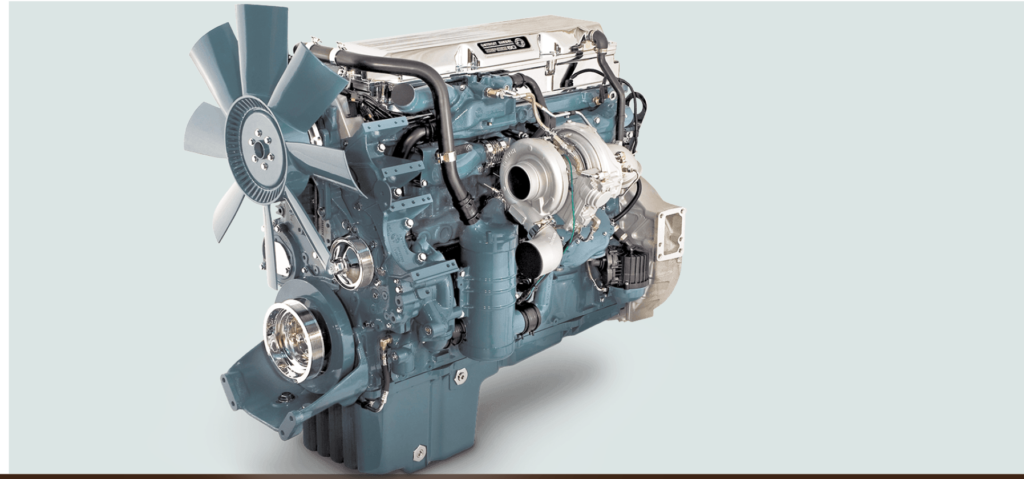
Engines using the Sequential Turbocharger
In diesel engines, sequential turbocharging is commonly used, particularly in heavy-duty trucks and other commercial vehicles.
Sequential turbocharging engines include the Caterpillar C15, Cummins ISX, and Detroit Diesel Series 60.
Sequential turbocharging is used in gasoline engines, particularly in high-performance sports cars, in addition to diesel engines. Porsche 911 Turbo and Nissan GT-R are two examples.
Some hybrid vehicles, such as the Acura NSX, combine a twin-turbocharged V6 engine with an electric motor to provide power and efficiency.
The twin-turbo system delivers quick acceleration and high performance, while the electric motor aids in fuel efficiency and emissions reduction.
Wrapping up
As we wrap up, you now have a better understanding of the various turbo engine varieties on the market.
We hope this post has been stimulating and informative for you, whether you’re a vehicle enthusiast or just curious to understand more about the technology behind contemporary engines.
Do your homework and select the turbocharger type that best meets your demands because each type of turbocharger has distinct advantages and disadvantages.
Whatever type you decide on, keep in mind that your engine needs regular maintenance to perform smoothly and effectively.
Thank you for reading, and be sure to check out our other articles for more thorough tutorials and insider information on the automotive technology industry!
More related articles
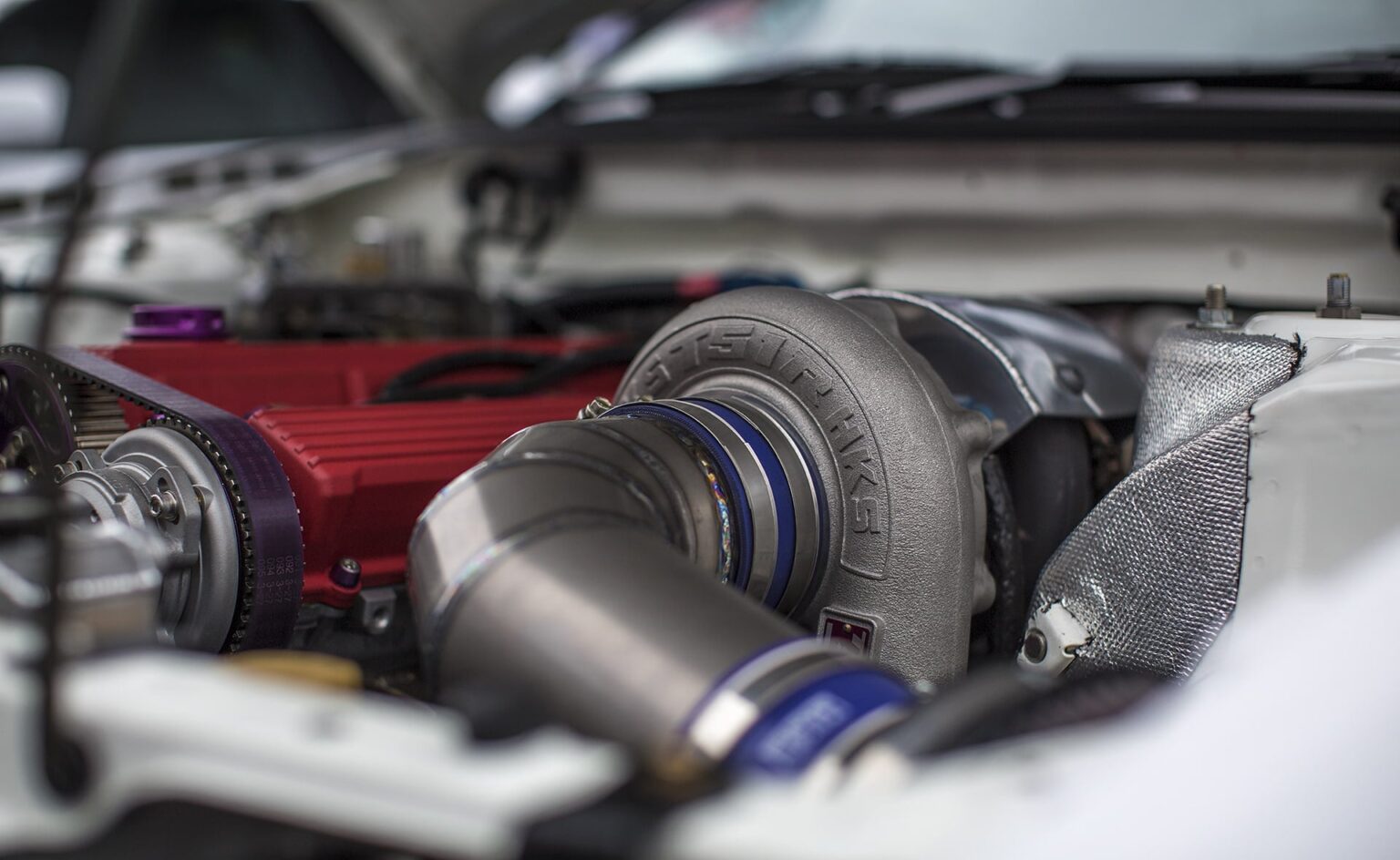
Are Turbo Engines Reliable
Are Turbo Engines Reliable? – Find out everything about Turbocharged engines.

